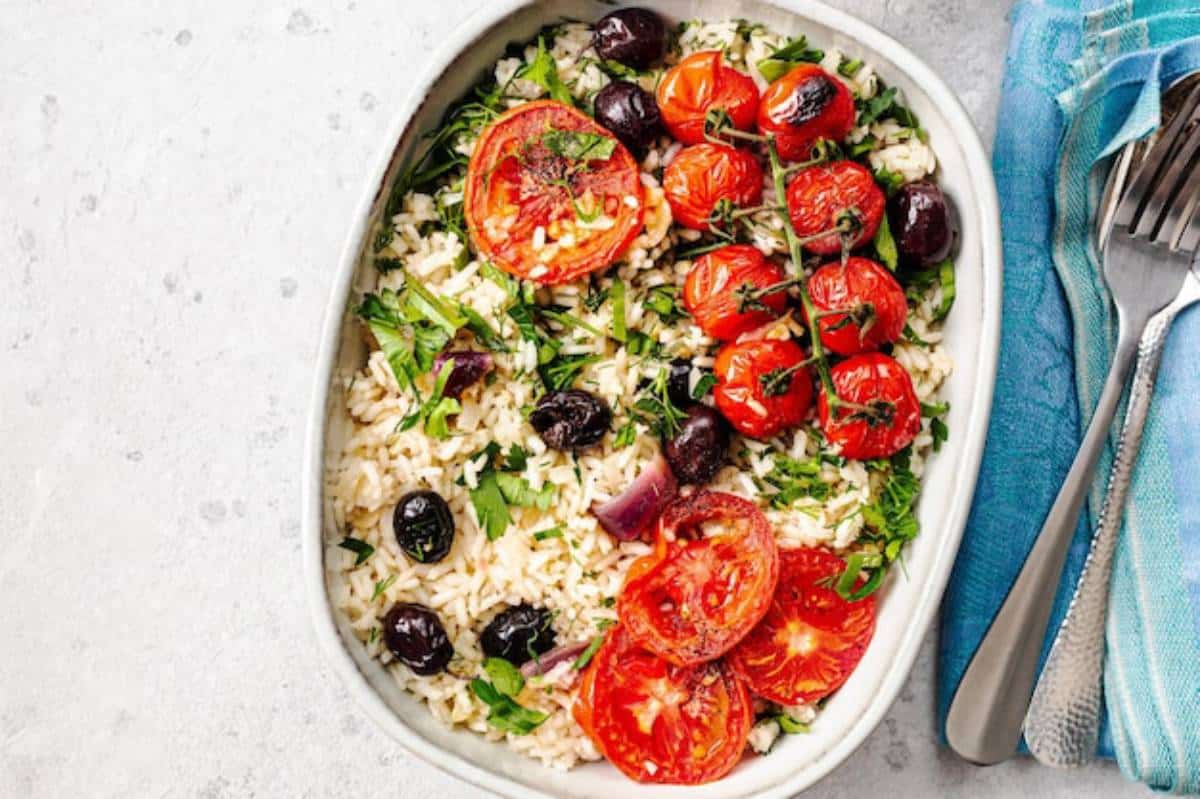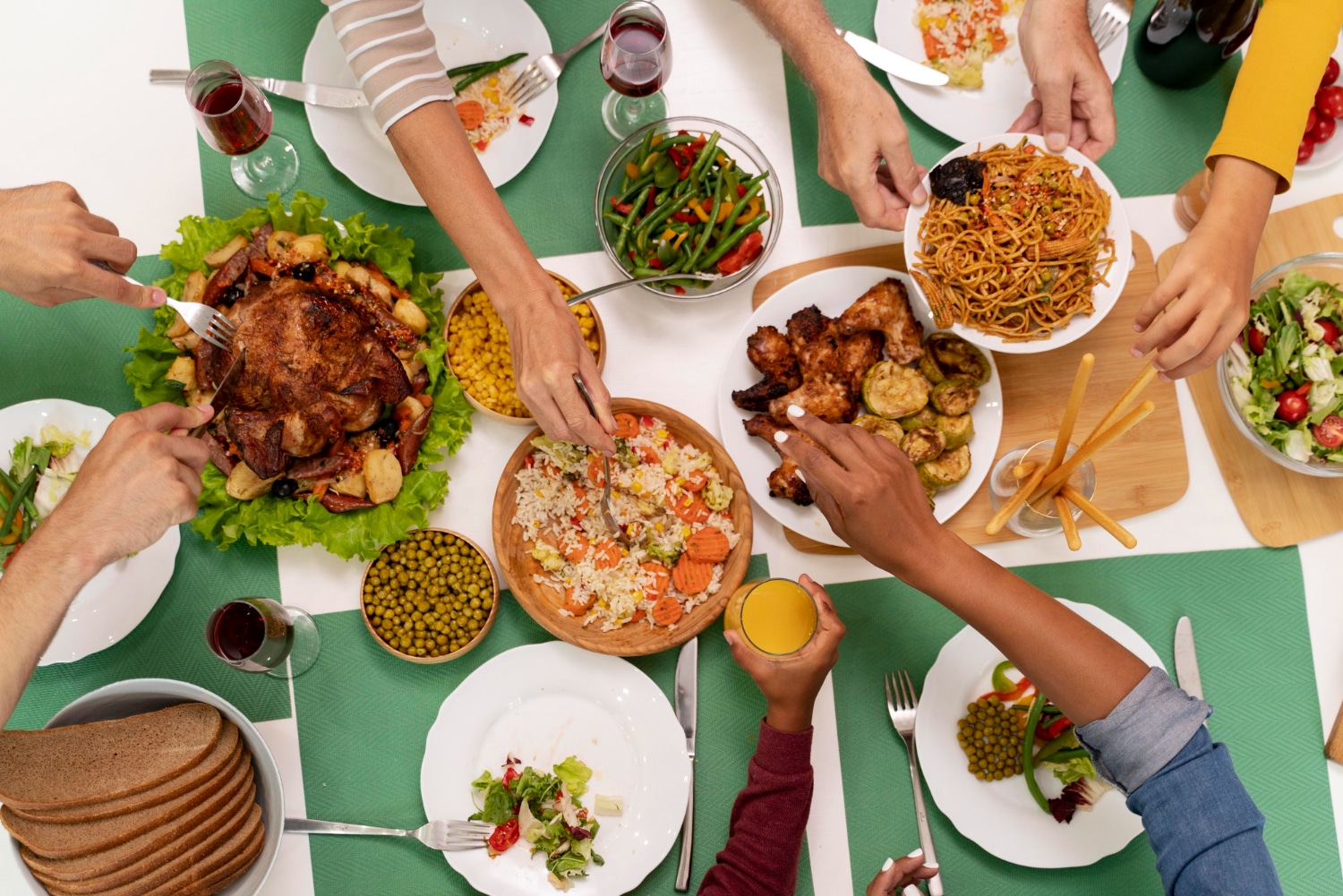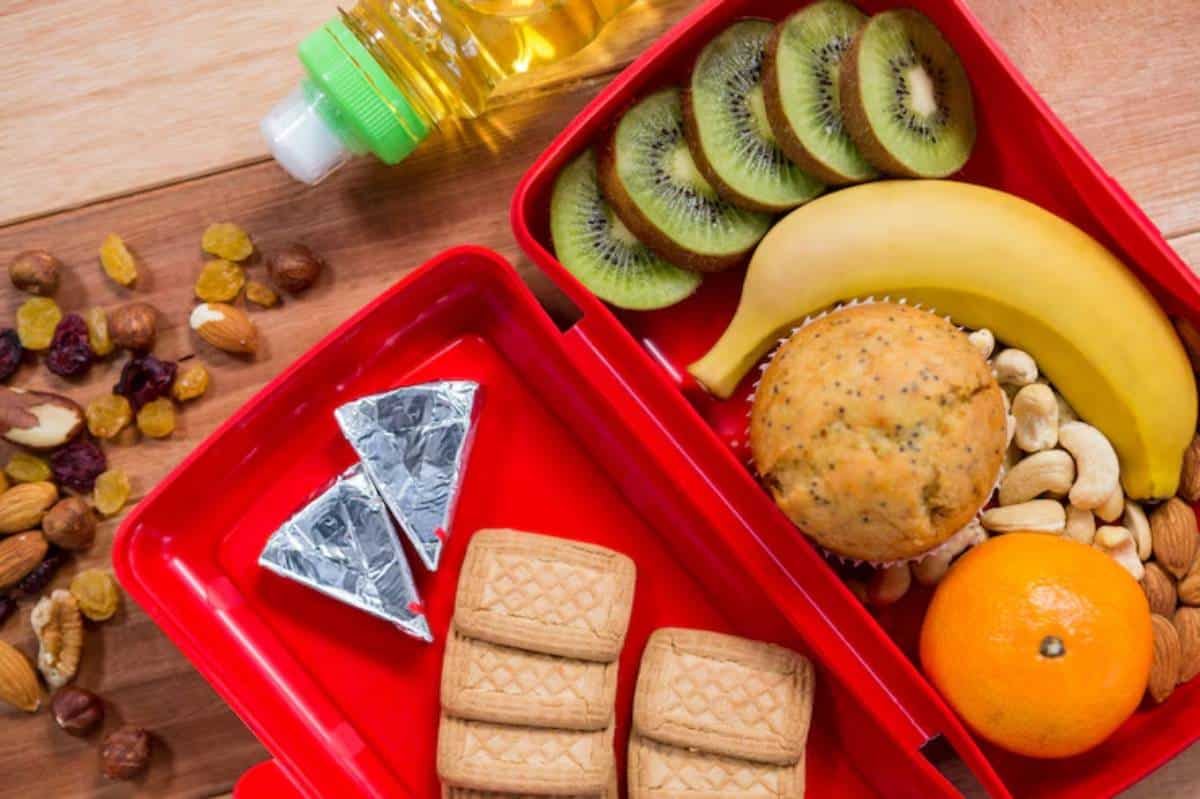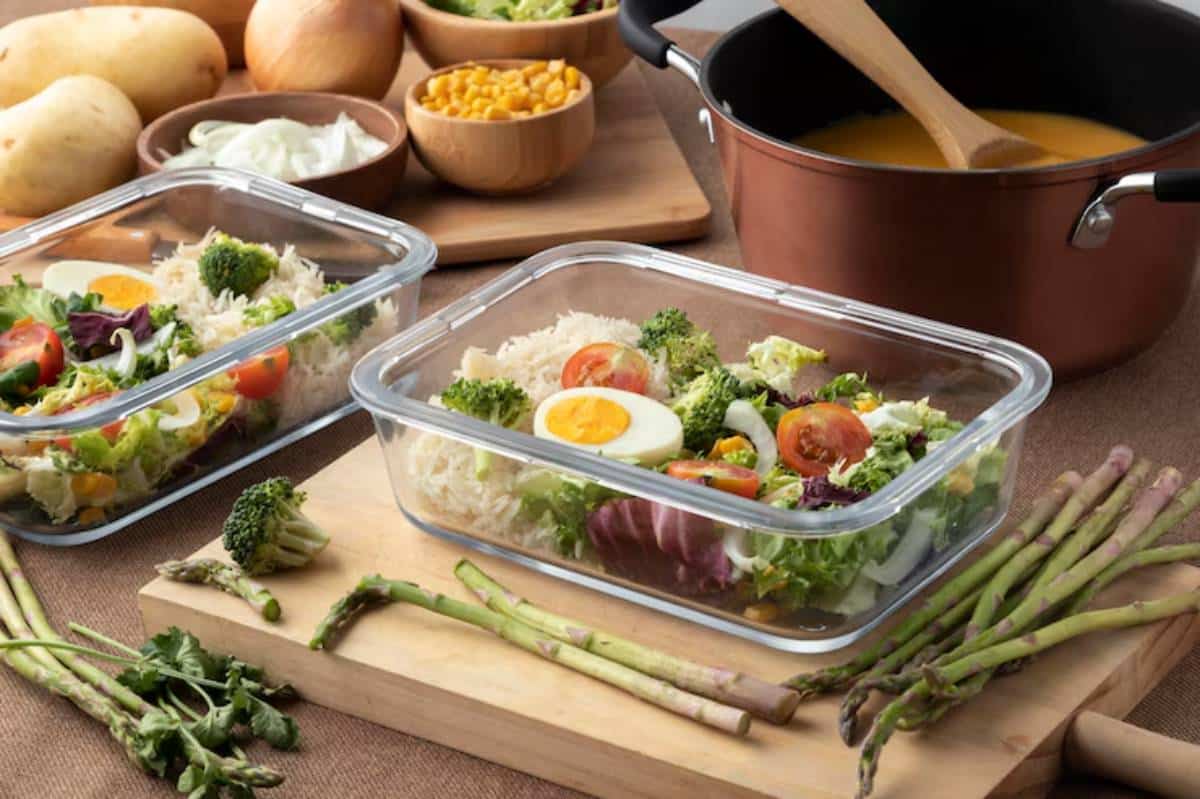
Eco-Friendly Containers for Meal Prep
You’ve committed to planning your lunches, prepping meals ahead of time, and saving money along the way. But what about your containers? The type of packaging you use can be just as impactful as what you put inside it. In today’s world of rising environmental concerns and plastic overload, choosing eco lunch containers isn’t just a personal preference—it’s a practical lifestyle shift.
Whether you’re prepping a week’s worth of lunches, sending kids off with snacks, or packing leftovers, having sustainable lunch packaging can help you reduce waste, avoid harmful plastics, and even make your meals more enjoyable. This blog dives into the best types of eco-friendly containers for meal prep, materials worth investing in, and how to create a zero waste lunchbox routine that’s as functional as it is planet-friendly.
Understanding What Makes a Container ‘Eco-Friendly’
It’s Not Just About Reusability
Eco-friendliness isn’t just a buzzword—it has substance. An eco-friendly container is one that:
- Reduces single-use waste
- It is made from sustainable, non-toxic materials
- Lasts for years (or even decades)
- Is recyclable or biodegradable at the end of its lifecycle
Think of it this way: if your current lunchbox is cracking at the corners, leaching chemicals into your food, or ends up in landfill when tossed, it’s time for a better option.
The Top Materials for Sustainable Lunch Packaging
1. Stainless Steel
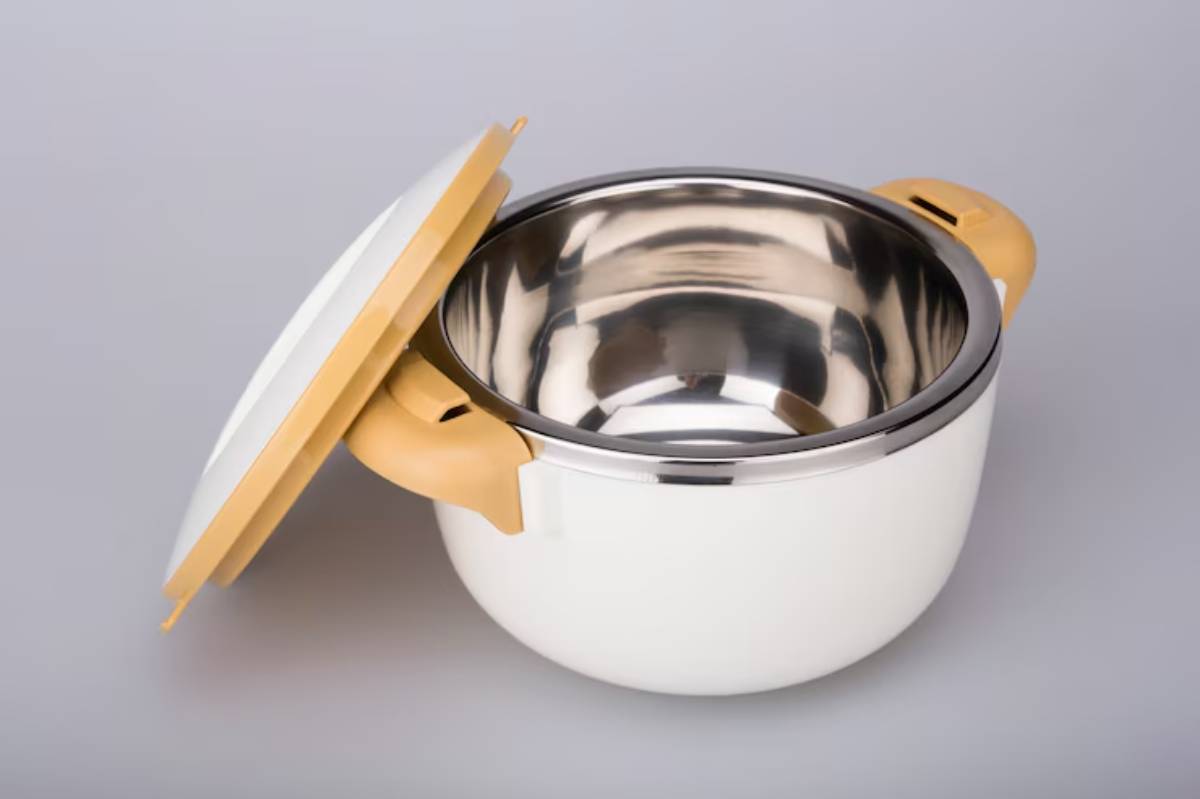
Durable, non-toxic, and fully recyclable.
Stainless steel containers have become a go-to for zero waste lunchbox advocates. They’re easy to clean, don’t stain, and often come with tightly-sealed lids. Brands like LunchBots and ECOlunchbox offer compartment-style boxes that make meal planning both organised and elegant.
If you’re looking for something to replace plastic Tupperware, stainless steel offers a solid upgrade for hot or cold meals.
2. Borosilicate Glass
Oven-safe, microwave-safe, and doesn’t retain odours.
Glass containers give your meals a sophisticated edge—perfect for office lunches. While heavier than plastic, they’re excellent for sustainable lunch packaging because they don’t degrade over time and are recyclable. Many come with bamboo or silicone lids, giving them an even greener edge.
If you’re batch-cooking lunches that stay fresh, glass containers help maintain flavour and texture during storage.
3. Silicone Pouches and Containers
Flexible, collapsible, and freezer-safe.
Silicone is the rising star of eco-conscious kitchens. Ideal for storing snacks, fruits, or liquids, silicone bags from brands like Stasher offer a low-waste alternative to single-use zip bags. They’re also dishwasher-safe and great for space-saving storage.
4. Bamboo and Wood-Based Boxes
Biodegradable, stylish, and compostable (depending on materials).
Bamboo bento boxes and wooden lids give a natural aesthetic to your lunch prep. They often feature internal compartments and pair beautifully with fabric wraps. While not as long-lasting as metal or glass, they’re excellent for light meals or picnic-style setups.
How to Build a Zero Waste Lunchbox Routine
Transitioning to an eco lunch container system is easier than you might think. Here’s how to make it seamless:
1. Audit What You Already Own
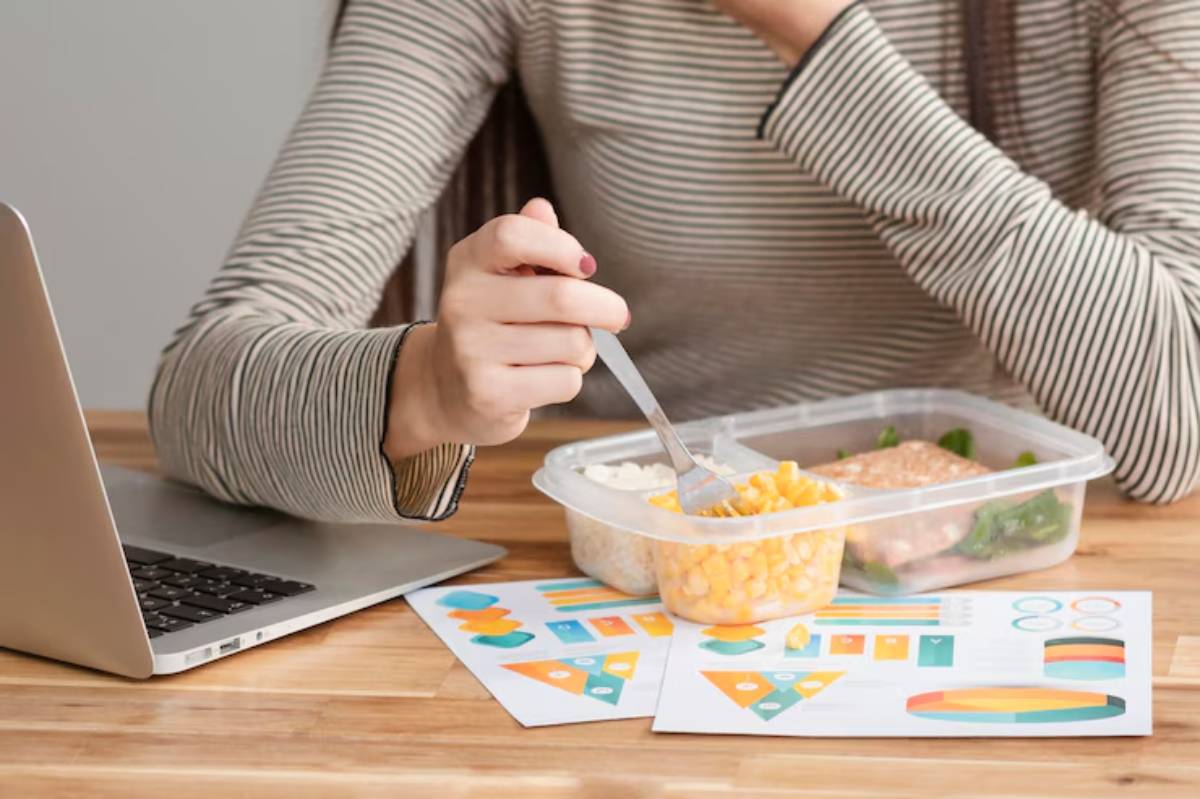
You might not need to buy new containers straight away. Start by checking if you have:
- Glass jars (e.g., old pasta sauce jars)
- Reusable cloth wraps or beeswax wraps
- Any containers that still work and can be reused longer
2. Prioritise Multipurpose Over Aesthetic
Yes, a bamboo bento box looks amazing on Instagram. But function trumps form. Choose containers you’ll use daily that are leak-proof, easy to clean, and stackable.
3. Invest Once, Use for Years
It’s more cost-effective (and sustainable) to buy a quality stainless steel or glass container than to replace plastic boxes every few months. Over time, you’ll also find you save money by prepping meals instead of buying lunch daily.
Lunchbox Types That Pair Perfectly with Eco Containers
Your containers are only part of the equation. You’ll also want a lunch bag or carrier that keeps things cool (or warm), is easy to carry, and matches your eco values.
- Insulated lunch totes made from recycled materials
- Canvas or cotton lunch bags that are machine washable
- Wraps and bands for securing bento boxes and bowls
If you’re comparing your options, check out our adult lunchbox review to see which carriers complement your eco containers.
Top Picks: The Best Eco Lunch Containers in 2025
Here are some standout products making waves this year:
| Product Name | Material | Best For | Eco Rating |
| ECOlunchbox Three-in-One | Stainless Steel | Full meals with sides | ★★★★★ |
| Stasher Silicone Bags | Silicone | Snacks, sauces, and fruit | ★★★★☆ |
| Pyrex Meal Prep Set | Borosilicate Glass | Batch cooking and reheating | ★★★★★ |
| W&P Porter Bowl | BPA-Free Plastic + Silicone | Salads and cold bowls | ★★★★☆ |
| Bklyn Bento | Bamboo Lid + Steel | Light meals and snacks | ★★★★☆ |
Everyday Scenarios Where Eco Containers Shine
Let’s make this practical. Here are some everyday examples where your eco container choices matter:
Your Commute Lunch
Tired of soggy sandwiches? A glass container with compartments keeps your salad crisp and your proteins separated. Use a silicone dressing cup to keep your vinaigrette fresh until it’s time to eat.
Leftovers from Dinner
Instead of using clingfilm and tossing it the next morning, place last night’s stir-fry into a stainless steel box. Pop it in your bag and you’re set.
Kids’ Lunches
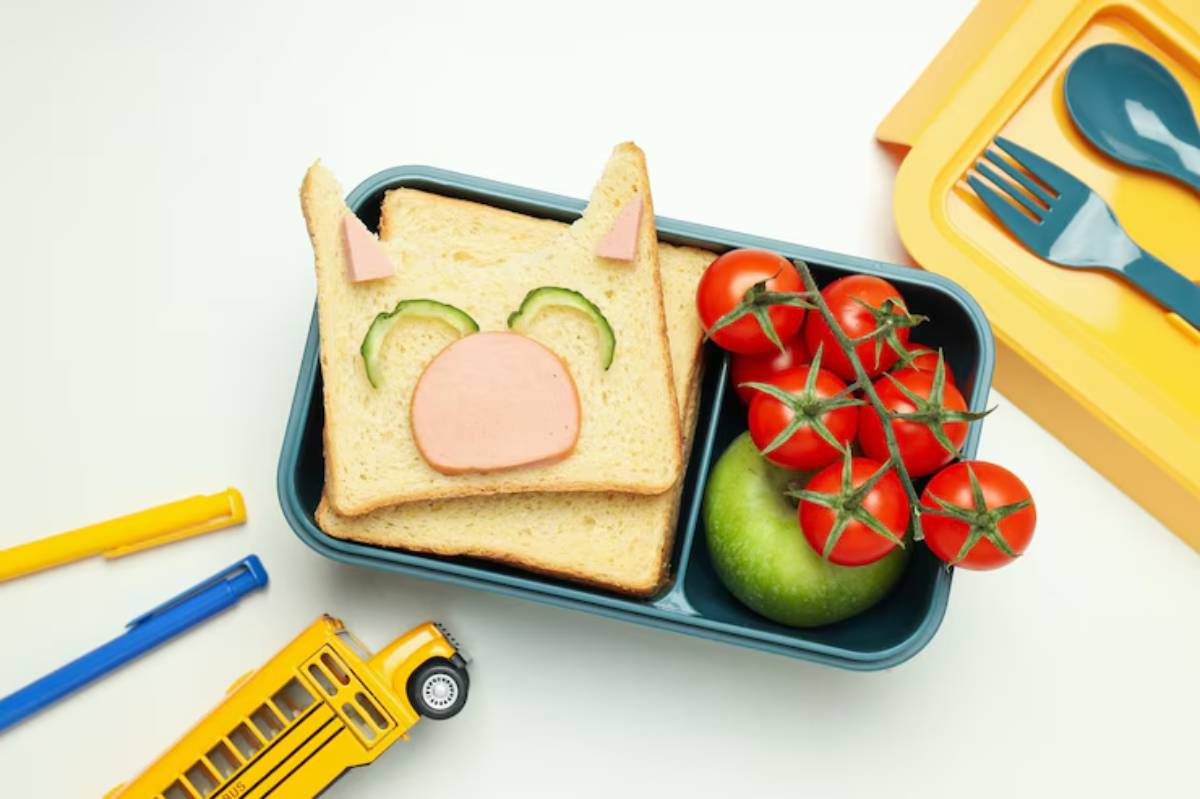
Many eco containers now come in kid-friendly sizes and colours. Bento-style stainless steel boxes make food fun, and you can add silicone muffin cups for compartments.
Caring for Your Containers to Make Them Last
Sustainable choices are only as good as how you maintain them. To prolong the life of your containers:
- Hand wash bamboo lids (don’t soak)
- Avoid thermal shock (don’t take glass from freezer to oven)
- Check silicone seals regularly to ensure they’re clean and intact
- Avoid abrasive sponges that can scratch metal or plastic
With a little care, your containers will serve you for years.
Conclusion: Small Switches That Make a Big Impact
Switching to eco lunch containers is one of the simplest and most tangible steps toward a more sustainable lifestyle. Whether you’re meal prepping on Sunday or packing up leftovers after dinner, having the right containers can transform your routine. They’ll reduce your plastic use, support a zero waste lunchbox habit, and make every meal feel a little more intentional.
So what’s stopping you? Pick your first sustainable container, pack your lunch with purpose, and enjoy knowing you’re making a delicious difference—one bite at a time.
